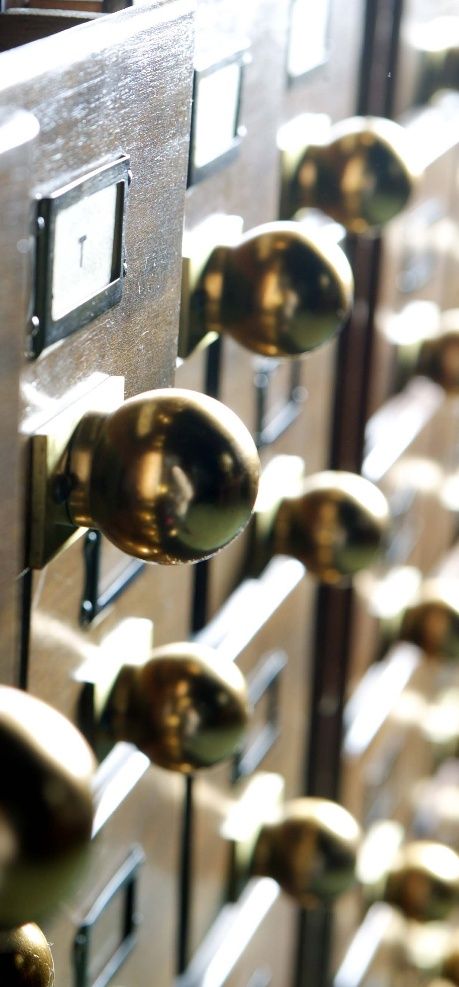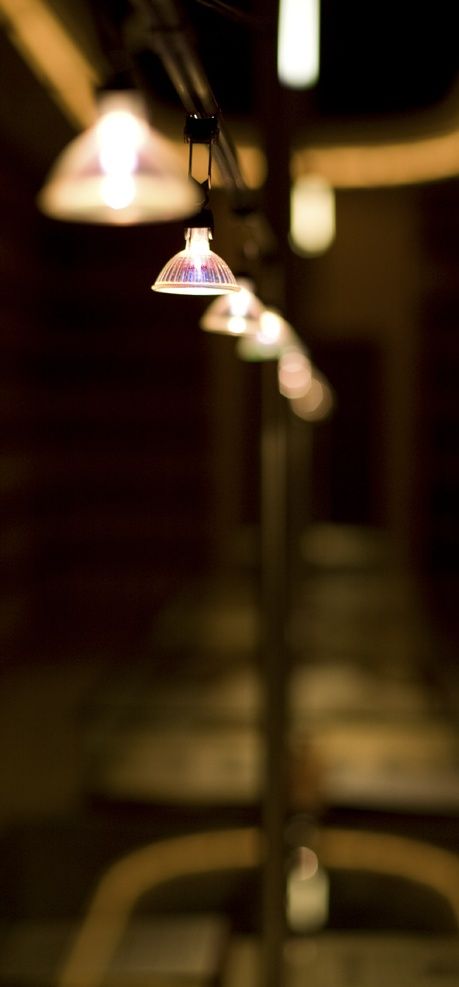
 The AHPB has available an extraordinary documentary collection, comparable with that which is deemed the first notarial file worldwide, that of Geneva, that stands out by the antiqueness of its records given the early implementation of the notarial institution. We can find the following types of collection:
The AHPB has available an extraordinary documentary collection, comparable with that which is deemed the first notarial file worldwide, that of Geneva, that stands out by the antiqueness of its records given the early implementation of the notarial institution. We can find the following types of collection:
Official records of Barcelona and Badalona. They are the fundamental collections, the result of the activity of the notary as commissioner of oaths in the private contractual sphere. The centennial volumes of the districts of Barcelona and Badalona are about 40,000, while those of the General Archive (sum of the Historical and the Intermediate or over twenty-five years) gave a total sum of 80,000 and they occupy about 10,000 linear metres of shelf. However, beyond their high number, the riches and antiqueness of this collection has to be pointed out. The oldest full notarial register is of end the same XIIIth century (1299) And from the middle of the XIV century, the Archive counts on significant and continued documentary series, with 5,305 registers pertaining to notaries of before 1500.
Varied Clerk’s Office. In addition to the general collections of official records, the Archive counts on registers from special clerk’s offices, resulting from the specific activity of the notary. We highlight: on the one hand the Clerk’s office (Escribanía) of Marina (XVIIIth-XIXth centuries), comprised of 120 volumes and recently fully restored, and on the other hand, the clerk’s office of Rents and Excise Taxes, Amortization and Sale of National Assets, Inland Revenue and Royal Management (XIXth century), with a total 170 volumes.
Outside Notary Offices. It is a small collection comprised of almost 150 units of facilities corresponding to manuals from eighty towns of Catalonia, that arrived to this Archive in different circumstances. That of Sant Pere d’Osor, of 1283-1292, is the oldest that is kept and it also becomes the most ancient of the Archive.
Parchments. They sum up a total of over 1,6000 units, until now ordered in two series, currently in process of cataloguing and unifying. They are dated on the XIIth to XVIIIth centuries and their provenance is very diverse, from non-picked up original documents up to legacies carried out in different moments.










